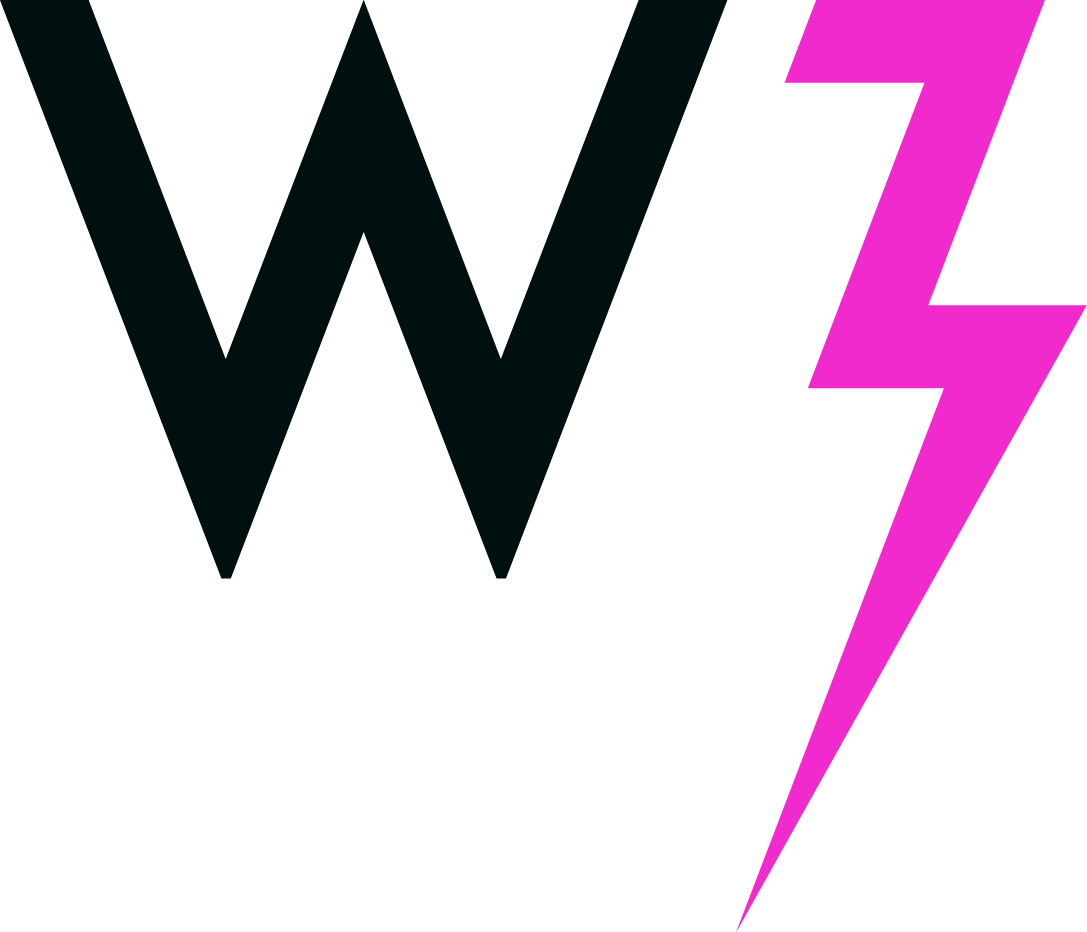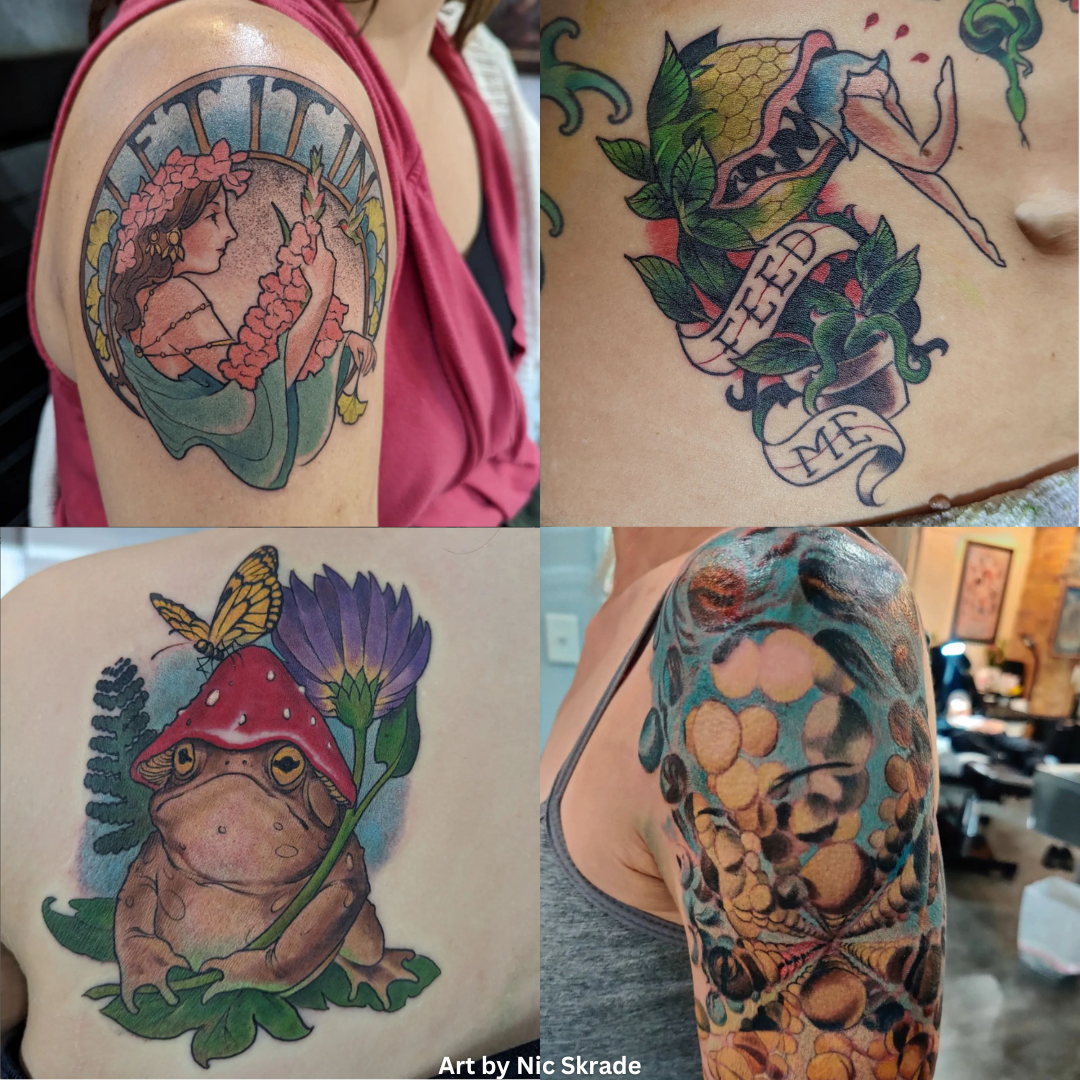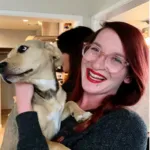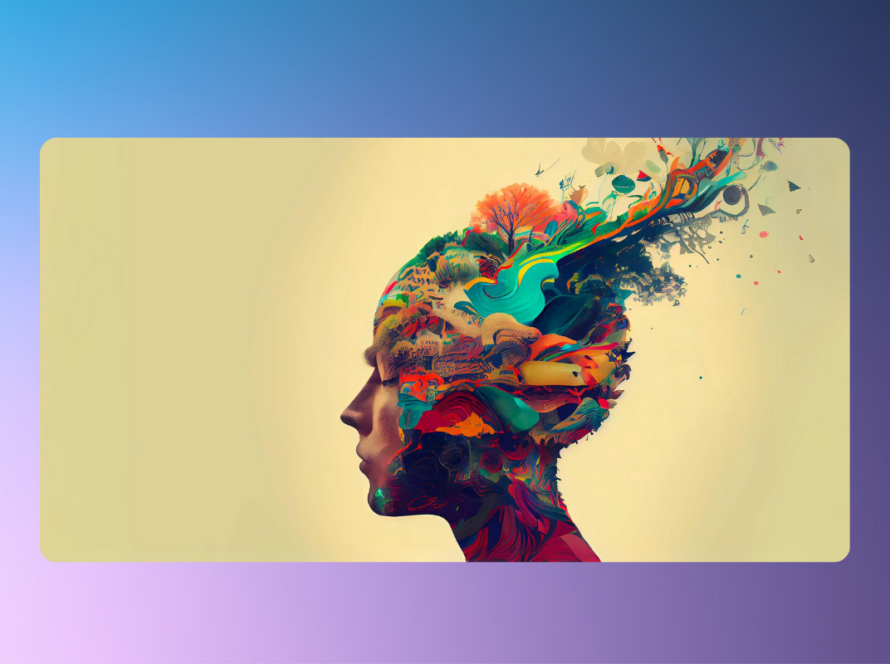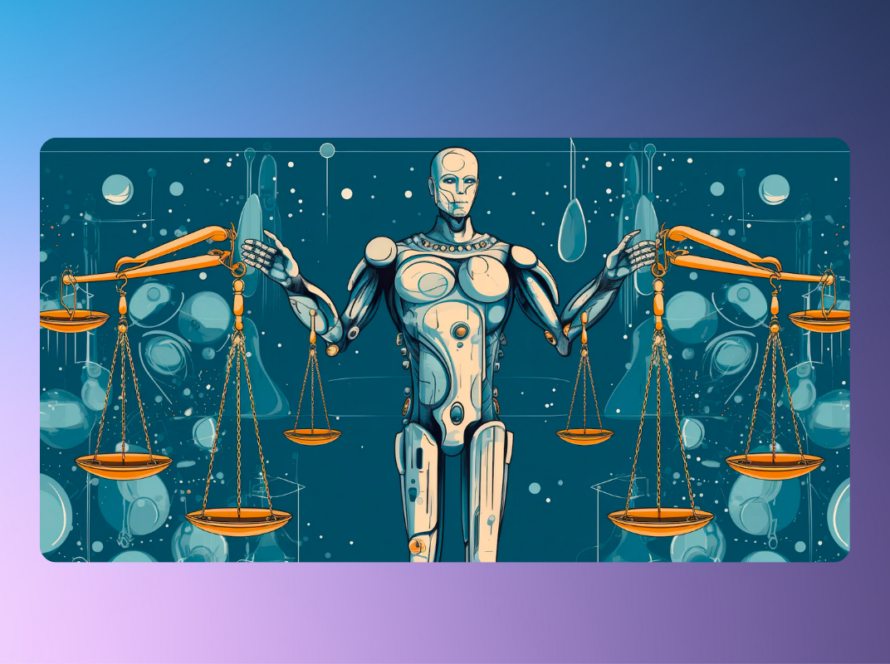“AI in the tattoo industry is still in its infancy,” said Nic. “More people are making art, but less people know how to use it. The tattoo industry still requires people to know how to craft something with their own hands.”
“The tattoo industry still requires people to know how to craft something with their own hands.”
At First, It Was Disheartening
“When I first saw AI, it was disheartening because you [as a tattooer] have a deep understanding of how long it takes to make something,” said Nic. “I’ve spent 30 hours on an oil painting. [AI can] spin up an infinite number of images in seconds.”
But then Nic took his initial reaction out of the equation and saw the candid reality of how art is digested.
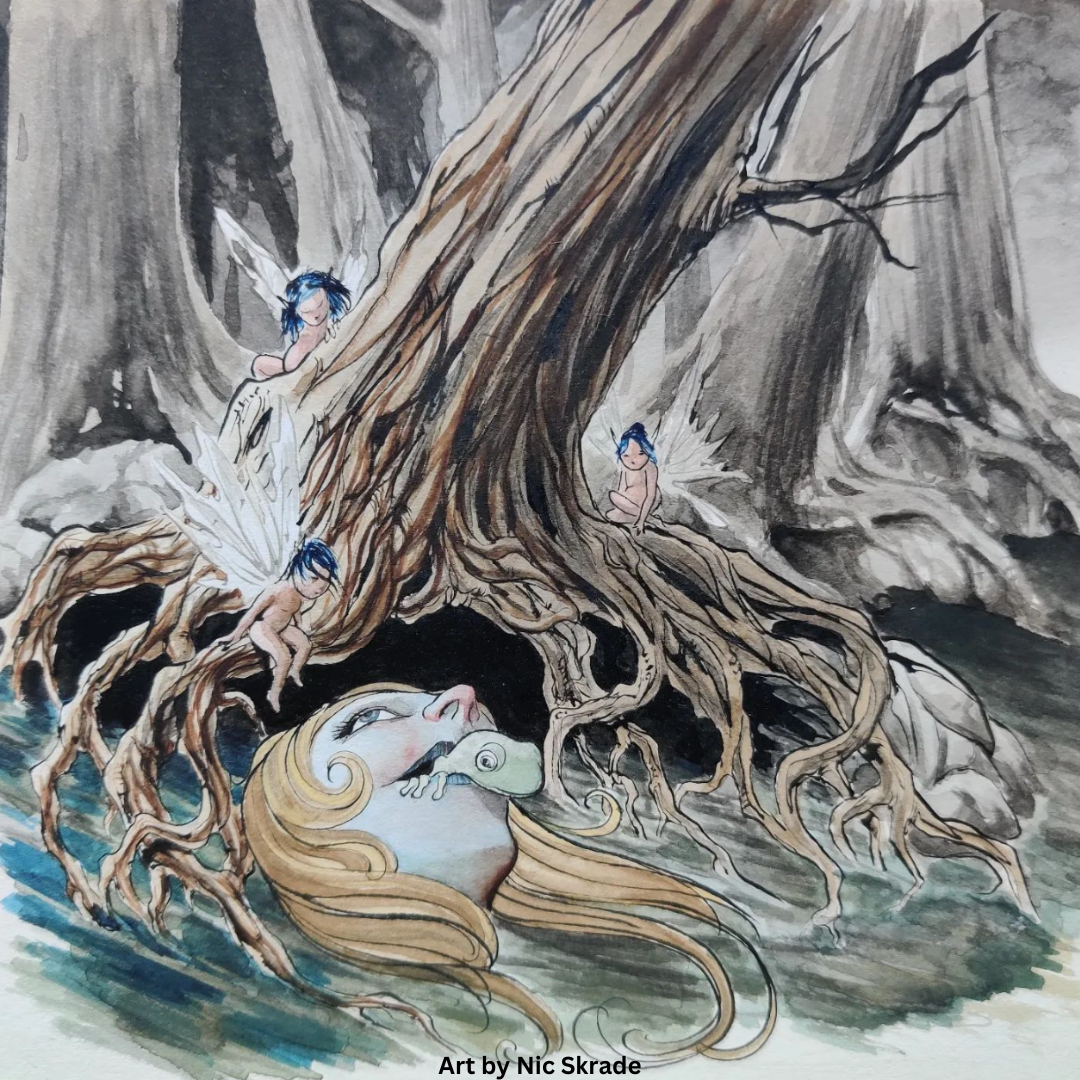
“The more I thought about it, the more I realized that, unless someone else makes the same kind of art that I make, most people are incapable of appreciating the amount of time that went into my art while they’re scrolling through Instagram anyways. When’s the last time you stopped scrolling to look at something on Instagram for more than 30 seconds?”
Although I hate to admit it, I couldn’t really answer. The tattoo industry is so highly saturated with artists with varying styles, techniques, and notoriety, that someone who follows a dozen (or hundreds, if you’re like me) of tattooers on social media might not fully appreciate the impressive deluge of art at their fingertips.
Using AI to Find a New Edge
AI programs like create custom images in seconds based on text prompts, which can cut the amount of time tattooers spend researching concept art in half. The results are “sometimes startling, always impressive, and can possess very realistic properties.”
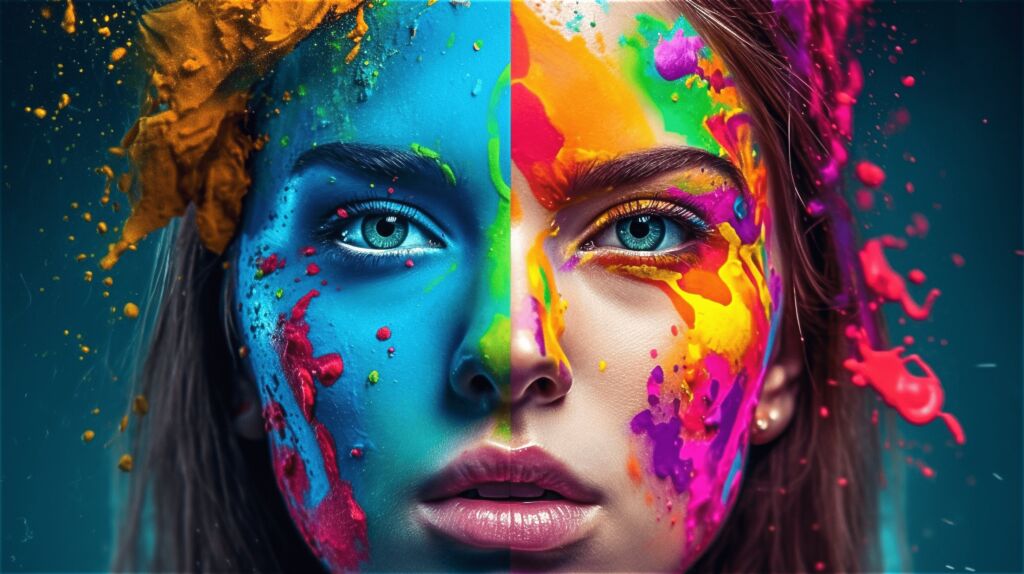
“With the right prompts, I can generate 30 or 40 images in whatever style I want, and if I like the way a particular image is arranged, I can work backward from there to make it my own. Instead of going on Google and finding the same images that have used time and time again, I can make something totally different.”
“With the right prompts, I can generate 30 or 40 images in whatever style I want.”
Historically, it would take tattooers almost an hour to find a good reference imagery to build from. Being able to type in a prompt and find something close to what the client wants within seconds allows artists to put their own spin on the AI-generated art while cutting research time in half.
The Future of AI and Tattooing
While AI and its capabilities are evolving at breakneck speed, it’s a safe bet to assume that it could take years to get close to the skillset of a well-seasoned tattooer.
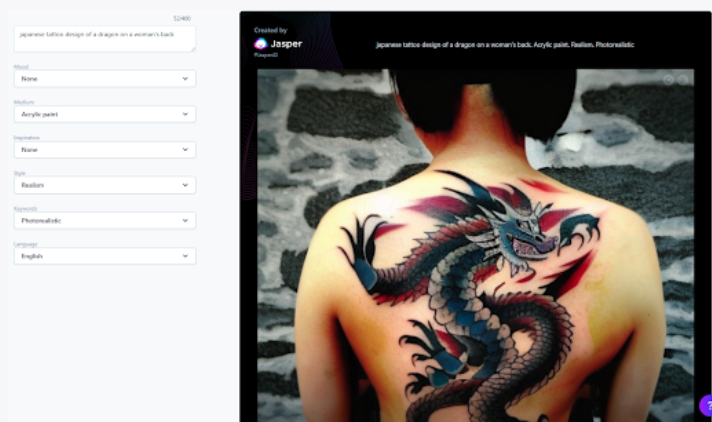
What’s up with the jazz hands on that dragon, Jasper AI? AI currently doesn’t have the capacity to create designs that work with the natural curves of the body’s muscles, which is a huge part of mastering the art of tattooing. But what it can do is become more sophisticated as it absorbs more information. Once it’s able to tap into tattoo designs off social media platforms such as Instagram, it will have an even more vast source of reference material to generate net new designs from. This ultimately means that tattooers will be able to enhance their process even further, using this enriched reference material to their advantage when researching and visualizing their next design.
A Case of AI-Generated Deja-Vu
“We’ve already seen how AI impacted the music industry. This isn’t much different,” said Nic.
And he’s right. Every decade triggers a fresh existential crisis in regard to the impact of technology on our everyday lives and our livelihoods. Before ChatGPT shook things up for creatives across industries, musicians and producers were already grappling with the pros and cons of advancing technologies that democratized their art.
“I think you’ll have fewer people making original art in the future, which could flatten out creative fields,” continues Nic. “AI will just be spinning stuff up from art that already exists. On the flip side, people will still be making original stuff but fewer new ideas. This could drive a higher demand for original art and enable people to make more money off tangible work.”
Although this sentiment sounds bittersweet, it carefully weighs the realistic impact of AI while also considering the fortified value of human originality, individuality, and innovation.
Still unsure about AI? I asked ChatGPT if creatives should be concerned about the future of AI. Find out what it said!

